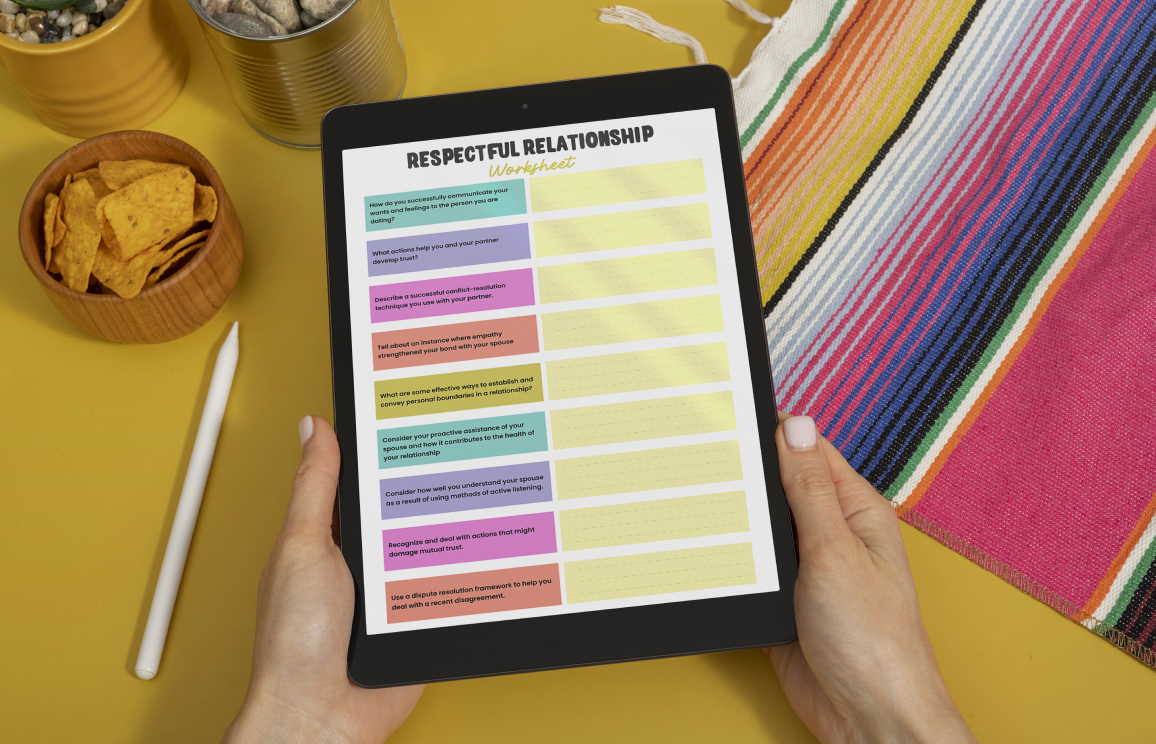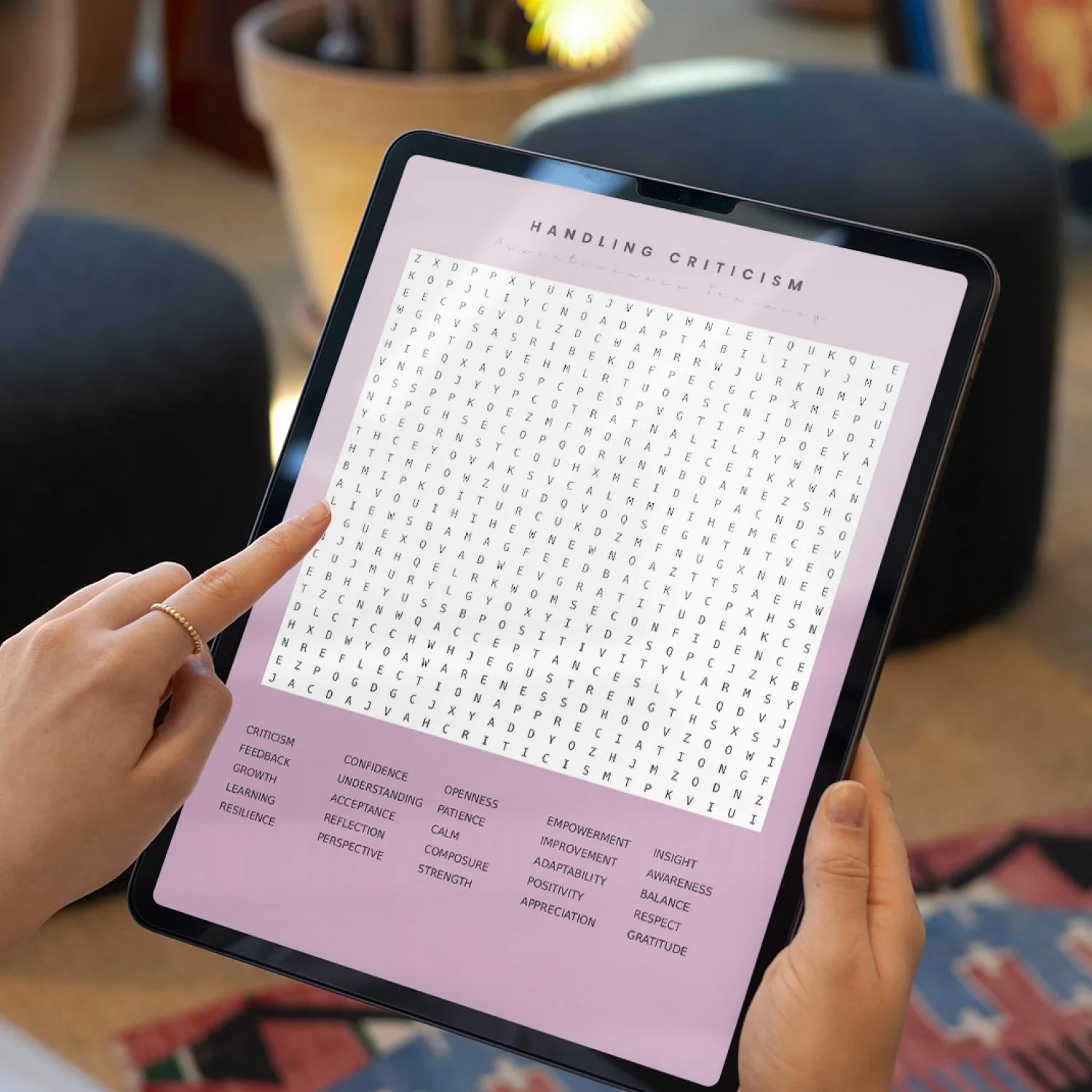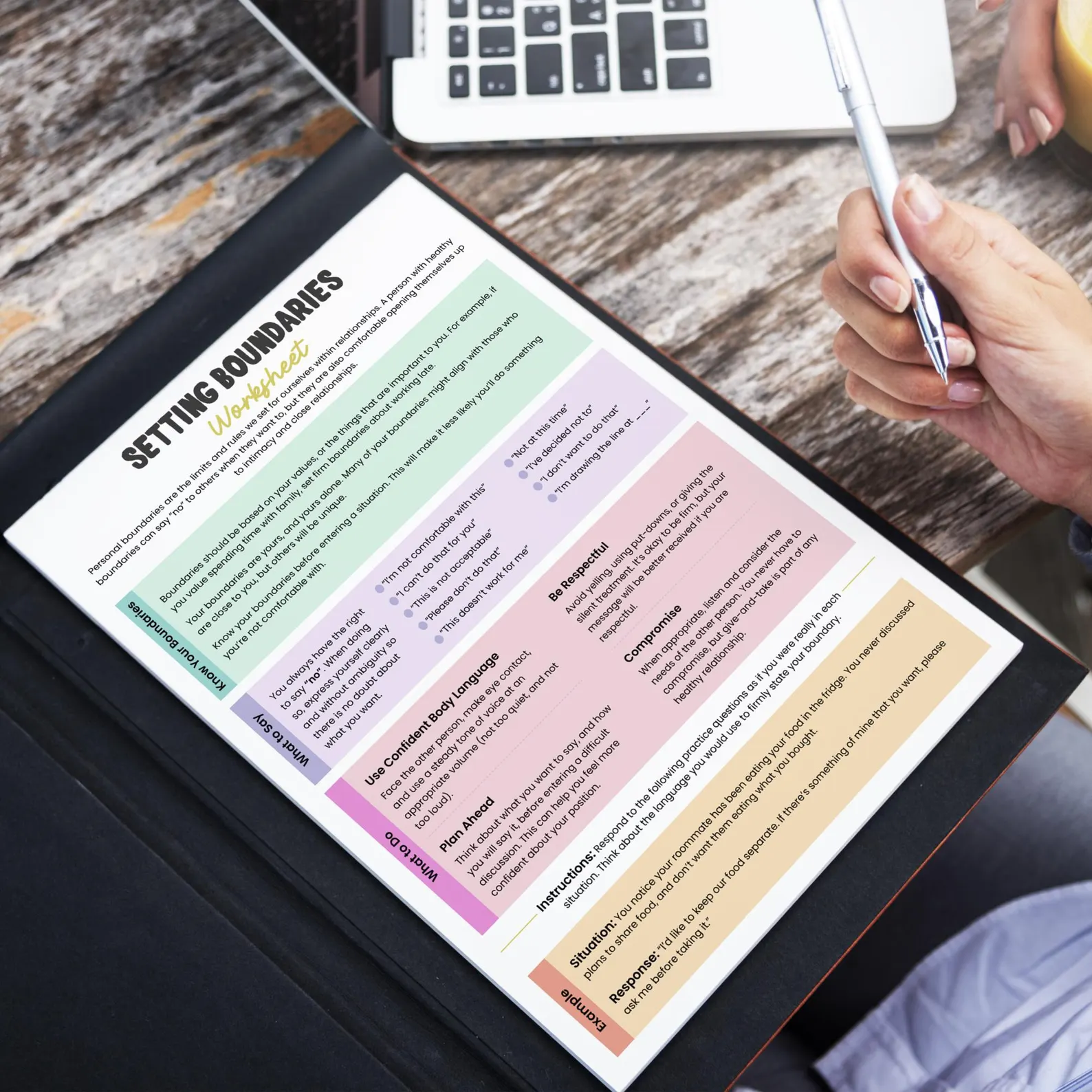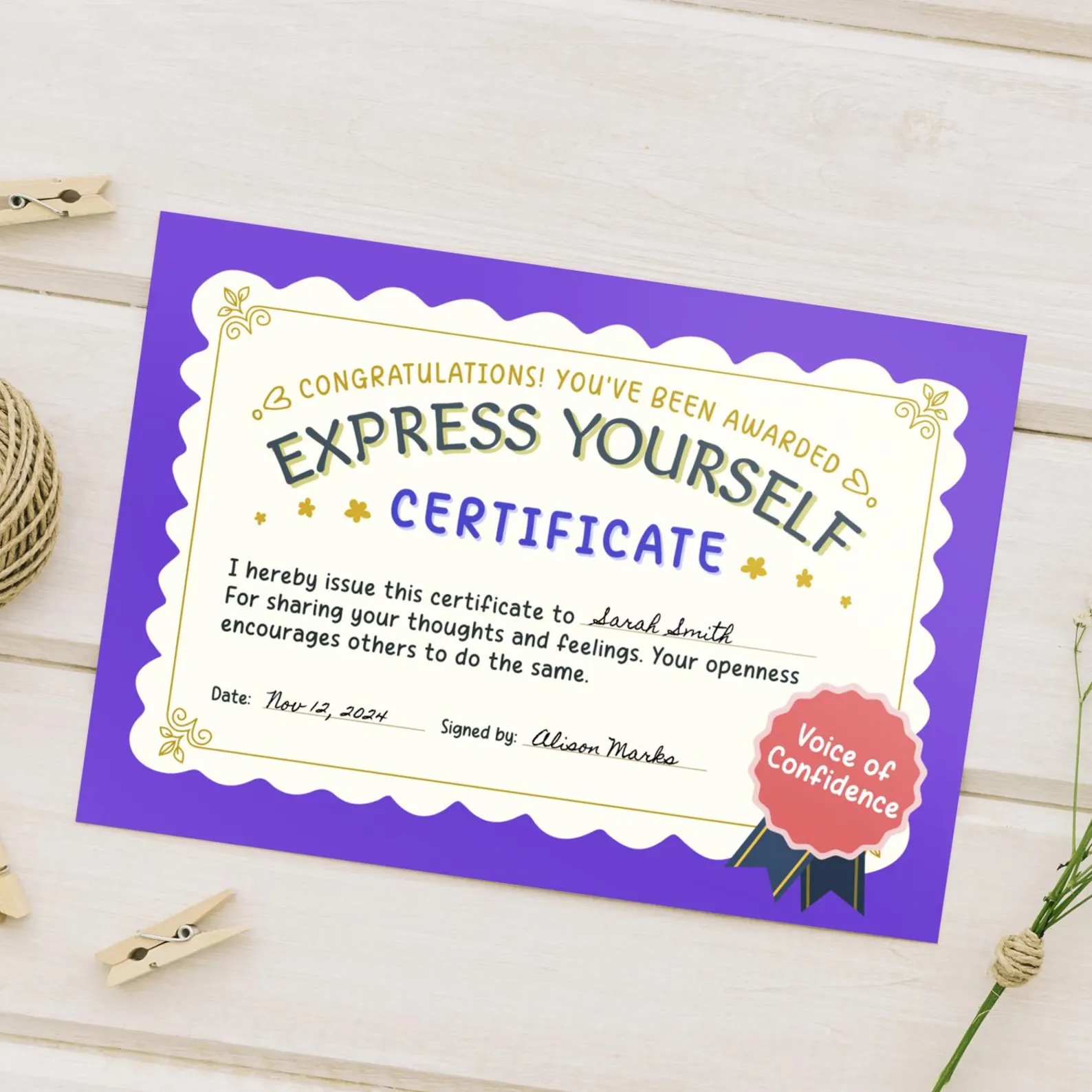Assertiveness Training: How to Speak Up and Protect Your Boundaries
Feeling heard and respected is vital for our emotional well-being. Yet, many of us struggle to speak our truth without feeling guilty or second-guessing ourselves. That’s where assertiveness training can help. By learning to communicate with kindness and clarity, you can nurture healthy relationship dynamics, respect others’ needs, and confidently say no gracefully when you need to. In this post, we’ll explore what assertiveness looks like, why it matters, and how to start building this skill in a caring, understanding way.
Why Assertiveness Matters
- Fosters Respectful Communication: Speaking honestly without aggression allows both parties to feel valued.
- Prevents Resentment: Setting boundaries means you’re less likely to feel overwhelmed or taken advantage of.
- Strengthens Relationships: When you express needs and listen to others, you cultivate a healthier give-and-take dynamic.
- Boosts Self-Esteem: Standing up for yourself (and doing it kindly) often increases confidence and self-worth.
Key Elements of Assertiveness Training
- Self-Awareness
- Tip: Check in with your emotions before speaking. Are you calm? Feeling rushed? Acknowledging your emotional state helps you respond in a balanced way.
- Why It Matters: Understanding your triggers and feelings helps you communicate from a place of clarity rather than stress.
- Setting Boundaries
- Tip: Clearly define what is acceptable and what isn’t—whether it’s time commitments, personal space, or emotional energy.
- Why It Matters: Boundaries keep relationships healthy and prevent misunderstandings.
- Respectful Communication
- Tip: Use “I” statements (e.g., “I feel…,” “I need…,” “I prefer…”). Avoid blaming or shaming language.
- Why It Matters: Softening your approach makes it easier for others to listen and engage without feeling defensive.
- Saying No Gracefully
- Tip: If you’re not comfortable with a request, it’s okay to say, “No, I’m sorry but I can’t right now” or “I appreciate the offer, but I’ll have to pass.”
- Why It Matters: Saying no when necessary protects your time and emotional well-being.
A Simple 5-Day Assertiveness Challenge
Here’s a gentle week-day plan to help you practice assertiveness. Each day focuses on a small, caring step you can take.
1: Identify One Boundary
- Action: Pinpoint one area of life where you often feel uneasy—maybe a coworker who calls after hours or a friend who drops by unexpectedly.
- Goal: Decide on a clear limit. How can you communicate it with empathy?
2: Practice Respectful Phrases
- Action: Write down a few “I” statements you could use if a boundary is crossed.
- Goal: Build a small script so you’re ready and not caught off guard in the moment.
3: Say “No” Once
- Action: When something doesn’t feel right or is too much for your schedule, kindly say no.
- Goal: Observe how you feel afterwards. Do you notice relief or worry?
4: Listen and Validate
- Action: In your next conversation, focus on truly hearing the other person’s feelings—especially if they’re requesting something from you.
- Goal: Show them empathy but hold onto your boundary, too.
5: Reflect on Your Progress
- Action: Take a few minutes to journal how the week went—what felt challenging, what felt rewarding?
- Goal: Congratulate yourself on every step you took toward assertiveness.
Recommended Tools for Assertiveness Training
Assertiveness Training – 14 Word Search Puzzles
-
- A fun, low-pressure way to pick up key terms related to assertiveness and healthy relationship dynamics.
- Perfect for short breaks when you need a mental reset.
This pack of word search puzzle is available – 28 word search puzzles (Printable & Digital Use)
Assertive Communication Worksheet
-
- Offers practical tips on how to phrase your thoughts kindly yet firmly.
- Great for practicing respectful communication and setting boundaries.
This worksheet is available (Printable & Digital Use)
-
- Helps you clarify limits in different areas of your life, from work to personal relationships.
- Ideal if you’re not sure where or how to draw the line.
This worksheet is available (Printable & Digital Use)
Express Yourself Certificate of Achievement
-
- Celebrate your progress in speaking up for yourself.
- A small but meaningful way to acknowledge your personal growth.
Assertiveness training isn’t about confrontation—it’s about compassion for yourself and others. By communicating with empathy, setting boundaries, and saying no when you need to, you’re laying the groundwork for healthier, happier relationships. Give the 5-Day Assertiveness Challenge a try and explore the recommended tools. Over time, you’ll likely find that your self-confidence grows, your stress levels drop, and your interactions become far more fulfilling for everyone involved.





